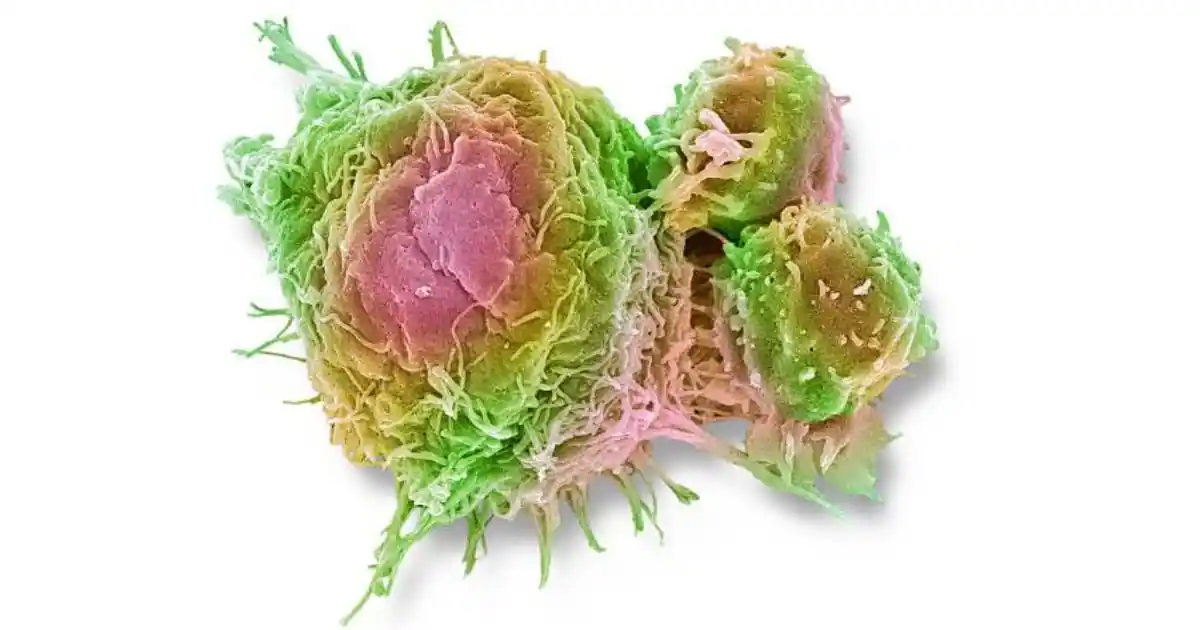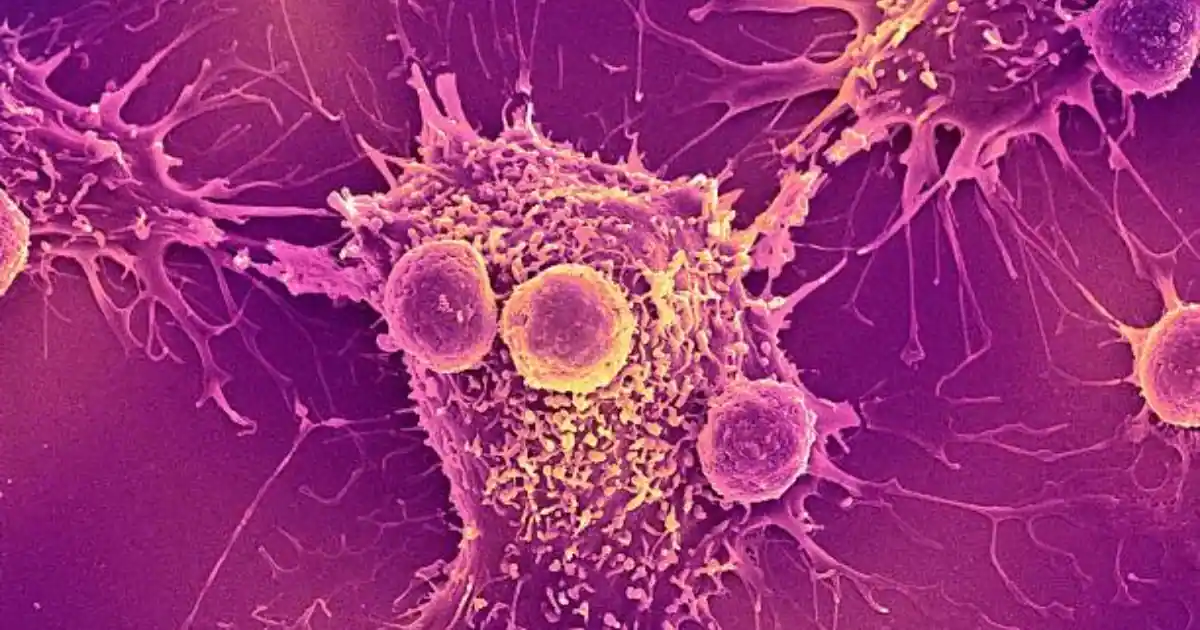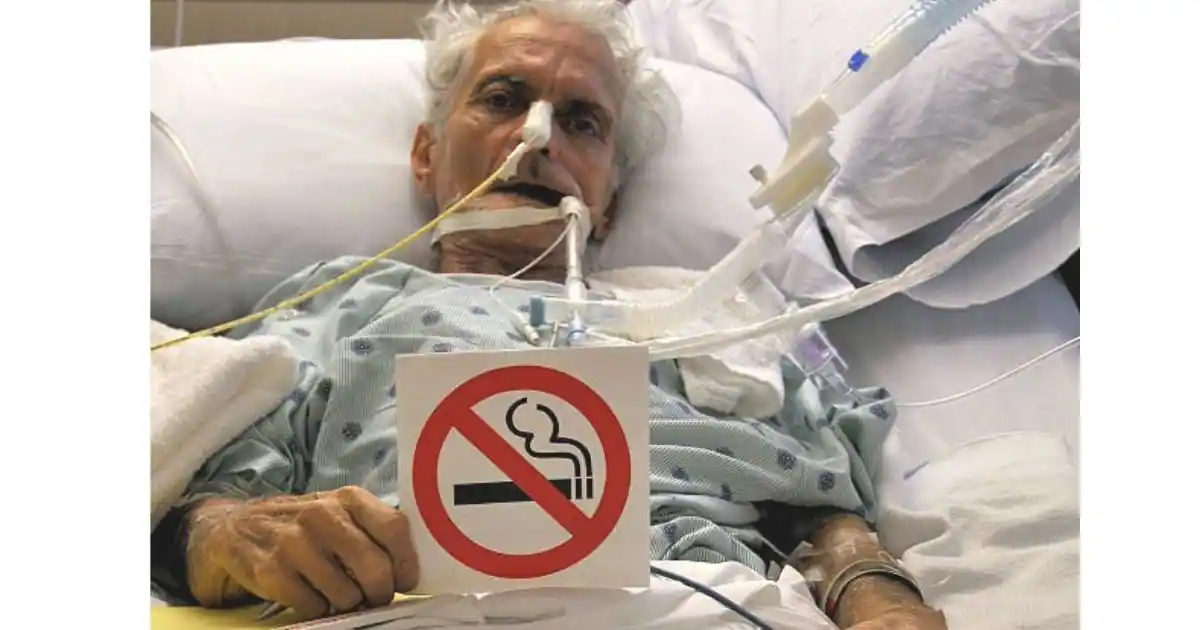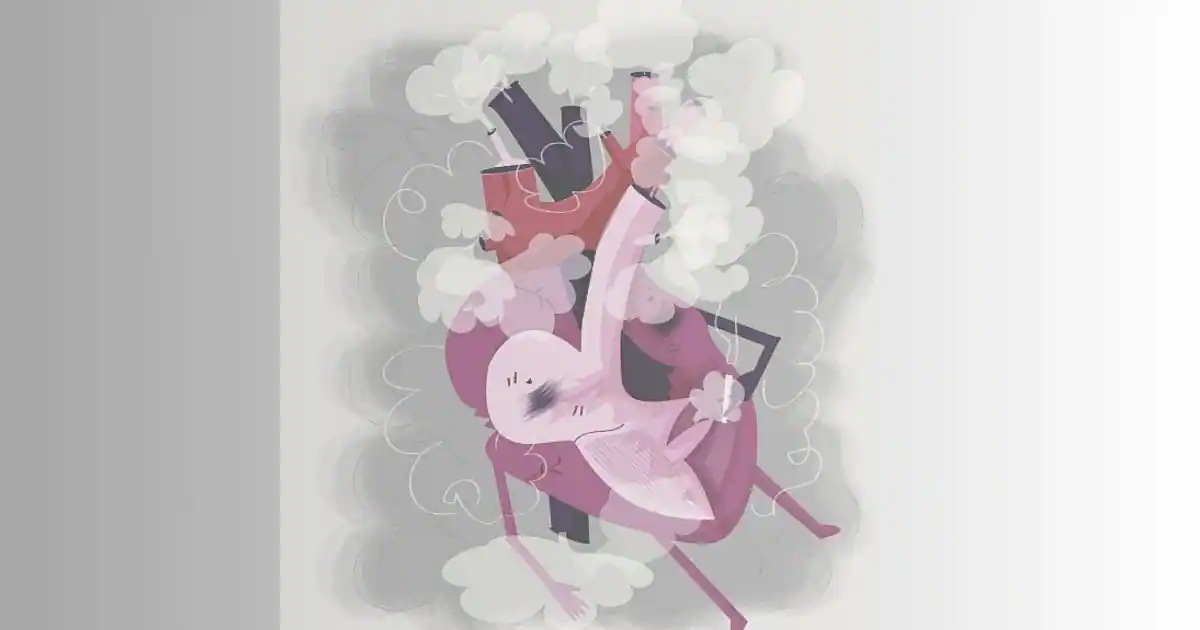Understanding Cancer: Exploring Types, Development, and Treatments

Cancer is a complex disease that causes unchecked cell proliferation, which can have a number of potentially fatal consequences. This disease causes tumors, weakens the immune system, and causes damage to many parts of the body, including the skin, lungs, prostate, and breasts.
Exploring the Diversity of Cancer Types
Cancer manifests in diverse forms, each with unique characteristics and behavior. Comprehending these categories is essential for customized care and outcome.
The Development of Cancer Cells
The genesis of cancer cells is a complex interplay of genetic mutations, environmental factors, and lifestyle choices. Unraveling the process helps in comprehending its progression and devising targeted treatments.
Advancements in Treatment for Improved Quality of Life
The landscape of cancer treatment has seen remarkable advancements, offering a multitude of approaches to enhance both life quality and survival rates.
Renowned for its uncontrolled cell division, cancer can have serious consequences such as tumor growth and immune system compromise, which can ultimately result in life-threatening circumstances. This disease is not localized; rather, it can affect several vital organs throughout the body, including the skin, lungs, breasts, and prostate.
In the United States alone, a 2018 report from the American Cancer Society estimated that approximately 15.5 million individuals had a history of cancer, as of January 1, 2016.
Throughout this article, we delve into the various types of cancer, its development process, and the diverse array of treatments available. Comprehending these components is essential for devising efficacious approaches to tackle this intricate ailment and enhance the standard of living and longevity of those impacted.
What is cancer?
The term “cancer” is broad. It explains the illness that arises from unchecked cell growth and division brought on by cellular alterations.
While certain cancers cause cells to grow and divide more slowly, others cause cells to grow and divide more quickly.
Tumours are visible growths caused by some types of cancer, but not by others, like leukaemia.
Most body cells have defined lifespans and specific functions. Despite its negative connotations, cell death is a normal and advantageous process known as apoptosis.
As a result, they proliferate inside the body, eating away at the oxygen and nutrients that other cells would normally need to survive., weakened immune systems, and other abnormalities that hinder normal bodily functions can all result from cancerous cells.
It is possible for cancerous cells to start in one place and spread across lymph nodes. These are immune cell clusters dispersed throughout the body.
Causes
There are many different causes of cancer, some of which are preventable.
For instance, studies conducted in 2014 suggest that smoking cigarettes results in the deaths of almost 480,000 Americans per year Trusted Source.
Apart from tobacco use, other risk factors for cancer consist of:
excessive alcohol intake
overweight, sedentary lifestyle, inadequate nutrition
There are no avoidable causes of other cancers. Age is currently the biggest unpreventable risk factor. As to the American Cancer Society, physicians in the United States identify 87%Trusted Source of cancer cases in patients 50 years of age or older.
Cancer is genetic?
The onset of cancer may be influenced by genetic factors.
Additional alterations that may lead to cancer involve the chemical signals governing the body’s utilisation or “expression” of particular genes.
This could be referred to as having a hereditary cancer syndrome by a physician. Five to ten percent (Trusted Source) of cancer cases are developed as a result of inherited genetic alterations.
Read more also – Impact of the Western Diet on Health
Treatments
Therapies: Cutting-edge research has accelerated the creation of novel drugs and medical equipment.
The type of cancer, its stage of diagnosis, and the patient’s general condition are the main factors that doctors consider when prescribing therapy.
Here are a few instances of cancer therapy methodologies:
- Chemotherapy uses drugs that target quickly dividing cells in an attempt to kill malignant cells. The medications can also aid in tumour shrinkage, although there may be serious adverse effects.
- Taking drugs that alter the function of specific hormones or prevent the body from producing them is known as hormone therapy. This is a standard procedure in cases where hormones are important, such as in the case of breast and prostate malignancies.
- Medications and other therapies are used in immunotherapy to strengthen the immune system and motivate it to combat malignant cells. Adoptive cell transfer and checkpoint inhibitors are two instances of these therapies.
- Personalised medicine, often known as precision medicine, is a more recent and emerging strategy.To determine the best courses of action for each person’s distinct cancer presentation, genetic testing must be used.
- A stem cell transplant could be especially beneficial for individuals with blood-related cancers such as leukemia or lymphoma. It means removing red or white blood cells, for example, that have been harmed by radiation or chemotherapy. After that, lab personnel fortify the cells and reintroduce them into the body.
- Additionally, they might fortify the immune system. Two examples of these medicines are small-molecule drugs and monoclonal antibodies. To maximise effectiveness, doctors frequently combine different types of treatments.
Types of Cancer
The National Cancer Institute, which did not include nonmelanoma skin cancers in its analysis, states that breast cancer is the most prevalent type of cancer in the United States, followed by lung and prostate cancers.
Each year, more than 40,000 people in the country receive a cancer diagnosis in one of the following forms:
- bladder colon
- rectal endometrial
- cancer of the kidneys
- liver non-Hodgkin’s lymphoma
- liver melanoma
- Autoimmune thyroid
Less often seen are other types. According to the National Cancer Institute, there are over 100 distinct types of cancer.
Development of cancer and cell division
Physicians categorise cancer by:
- its position inside the body.
- The tissues in which it forms.
Sarcomas, for instance, grow in soft tissues or bones, whereas carcinomas arise in the cells that coat the body’s internal or external surfaces.
Prospects
The number of cancer diagnoses and deaths has decreased yearly as a result of advancements in cancer detection, growing public knowledge of the dangers of smoking, and a decline in tobacco usage.
The American Cancer Society reports that between 1991 and 2015, the total cancer death rate decreased by 26%Trusted Source.
The prognosis for cancer patients is contingent upon the kind, location, and severity of the disease as well as whether it has spread.
Conclusion
Therapies are always becoming better. Radiation therapy, surgery, and chemotherapy are a few examples of modern techniques. Precision medicine and stem cell transplantation are two more recent treatments that help certain people.







